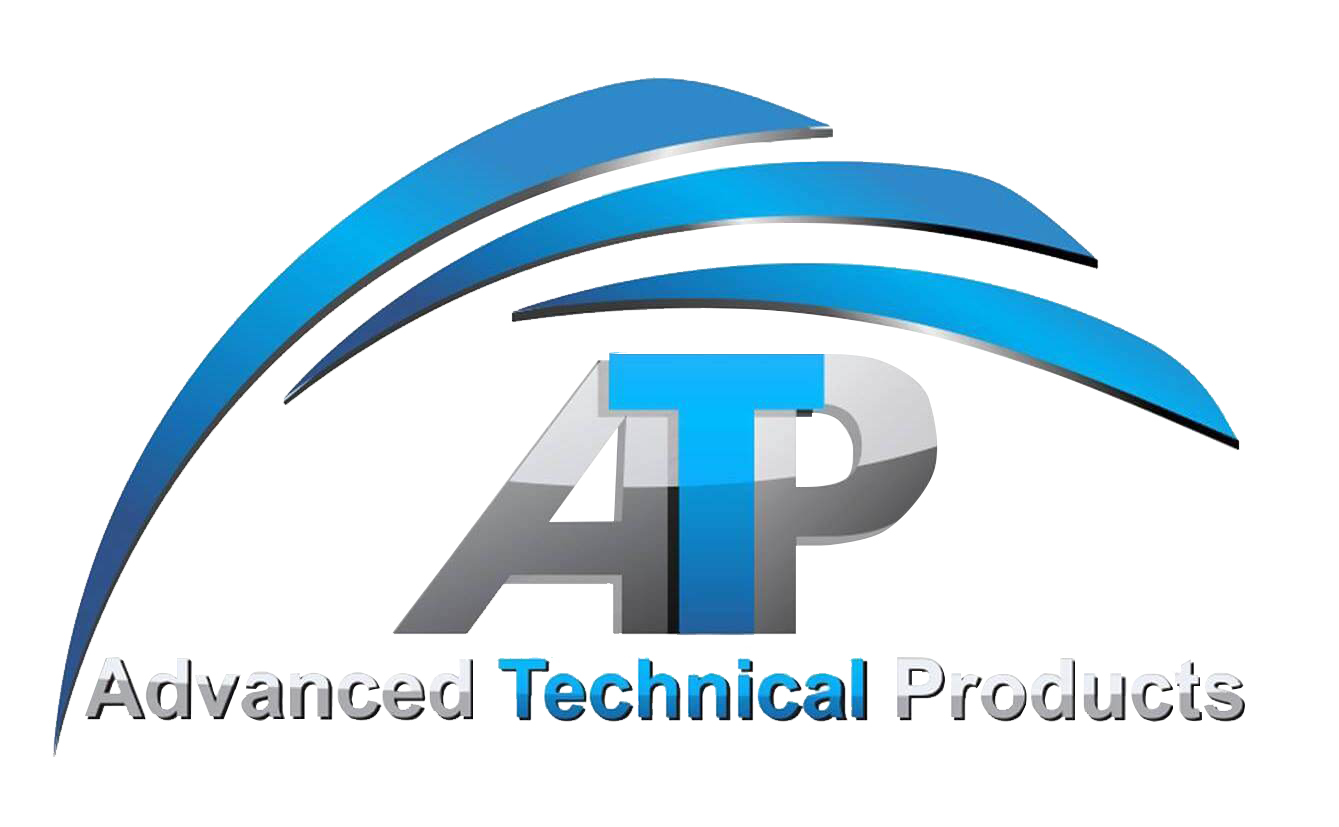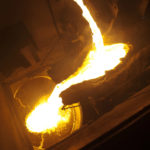As revealed in Machine Design’s article “Heat Treating Processes: A Glossary,” the connection between humans and metals goes far beyond mere discovery. With the advent of metalworking, humans harnessed the power of heat to transform metals, enhancing their properties to meet diverse needs, from strength to flexibility. Here, we present concise explanations of the various heat-treating processes that metalworkers rely on to ensure that the metals they produce possess the desired properties, meeting the demands of discerning customers.
Annealing: This process involves heating metal, typically steel, and then gradually cooling it to remove internal stresses. This results in a softer metal with altered ductility, enhancing its workability.
Carburizing: In carburizing, carbon is introduced to the surface of an iron alloy part by heating it to temperatures just below the alloy’s melting point and exposing it to carbon-rich solids, liquids, or gases. This enhances the metal’s strength and surface hardness, rendering it more abrasion-resistant. However, it may reduce toughness. Carburizing is typically applied to finished parts.
Case Hardening: Iron alloy parts undergo carburization followed by quenching in this process, creating a hardened outer layer while retaining a softer core, providing a balance of strength and toughness.
Cyanide Hardening: A variant of case hardening, this method involves immersing a part’s metal surface in molten cyanide salt and then quenching it.
Decarburization: This process removes carbon from the surface of steel, either through the application of heat or the natural oxidation process.
Drawing (Tempering): Metal is reheated after hardening, maintained at a specific temperature, and subsequently quenched. This reduces hardness while increasing toughness.
Nitriding: Nitrogen is introduced to the metal’s surface through contact with ammonia gas, achieving case hardening without the need for quenching.
Precipitation Hardening: This technique, also known as age hardening, involves subjecting the metal part to elevated temperatures without quenching. It enhances the yield strength of malleable materials, including various alloys of aluminum, magnesium, nickel, titanium, and certain stainless steels. In superalloys, it can notably improve high-temperature strength.
Click here to learn more about Advanced Technical Products.
Photo and article with all rights reserved, courtesy of machinedesign.com






